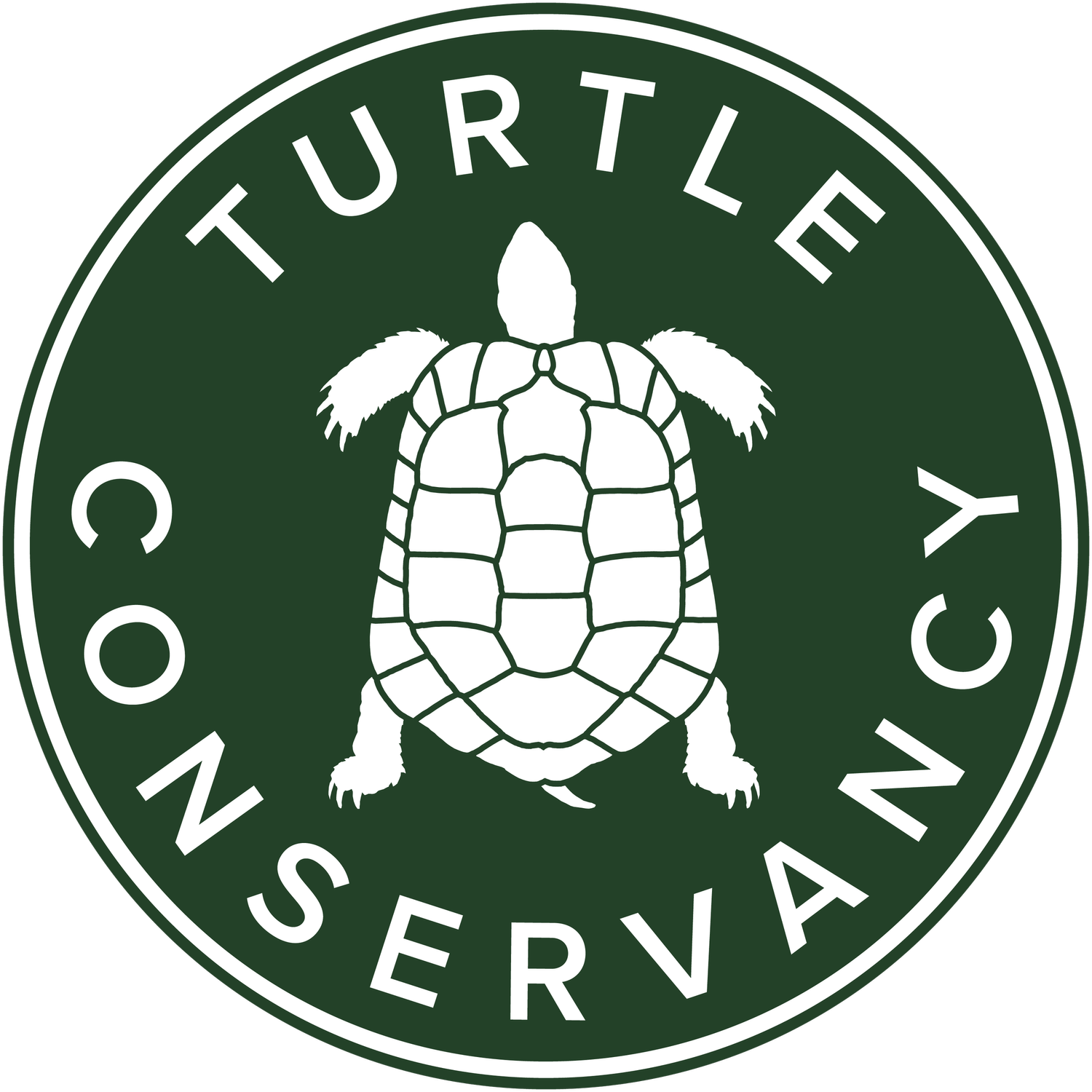Along with interfering in American elections, the Russians have now established themselves at the Turtle Conservancy–Russian tortoises, that is. Ten of the tortoises (T. horsfieldii) arrived over this summer as homeless rescues, abandoned when their owners tired of them. Our Russians are settling in nicely; they are completely uninterested in computers, so we're not concerned about their hacking into our systems.
The TC's Russians include four males, two females and four juveniles whose sex has not yet been determined. This is a small tortoise species, with adults ranging from 5-10 inches. It thrives in a dry, arid environment, and is vegan. We expect our new residents will find Ojai's climate more to their liking than those brutal Russian winters. Not particularly active, and sensitive to temperature extremes, the Russian tortoise spends a great deal of its time hibernating in its burrow.
Though commonly known as the Russian tortoise, the animal is found throughout Central Asia, including in Uzbekistan, Kazakhstan, Turkmenistan, Afghanistan, various other -stans, Iran and China. Its scientific name, T. horsfieldii, comes from a 19th century American physician and naturalist, Thomas Horsfield, who worked in Indonesia and England. It's unclear what Dr. Horsfield's Russian connection was, but better T. horsfieldii than T. putinii.
For several reasons, T. horsfieldii has the unfortunate distinction of being the trendy tortoise for our time. The popularity of various species fluctuates depending on availability, import/export restrictions, etc. Following the collapse of the Soviet Union, the wild Russian tortoise became a marketable commodity for several of the now-independent former Soviet states, especially Uzbekistan and Kazakhstan, and the trade in these animals increased significantly.
Russian tortoises are almost all wild-caught, and it is taking a toll on the species. Recently, the Uzbeks began a system of ranching the animals, whereby eggs are collected from wild-caught females who are then returned to the wild. The eggs are incubated, and the hatchlings released into the tortoise trade. However, since few, if any, Russian tortoises being traded are hatchlings, we believe the vast majority of these animals are still wild-caught.
T. horsfieldii is not subject to strict domestic protective regulations, and thus can be collected in large quantities, another reason for it becoming popular for the mass tortoise trade. Although the European Union has tightened restrictions on importing this tortoise, the United States has not. (Of note is the fact that, unlike their human compatriots, Russian tortoises from Muslim-majority countries are not subject to the Trump Administration’s discriminatory immigration barriers.) The animal is classified as CITES II and listed as Vulnerable on the IUCN Red List.
The Russian tortoise has one striking claim to fame: in 1968, two of the animals, along with some mealworms and plants, were the first Earthlings to travel to the moon and return safely to Earth aboard the Soviet unmanned spacecraft Zond Five.

